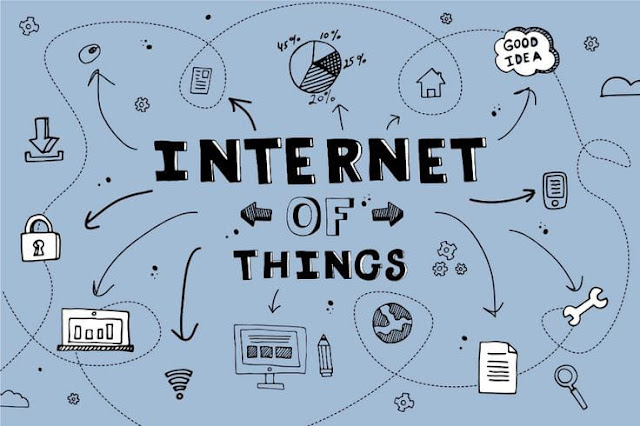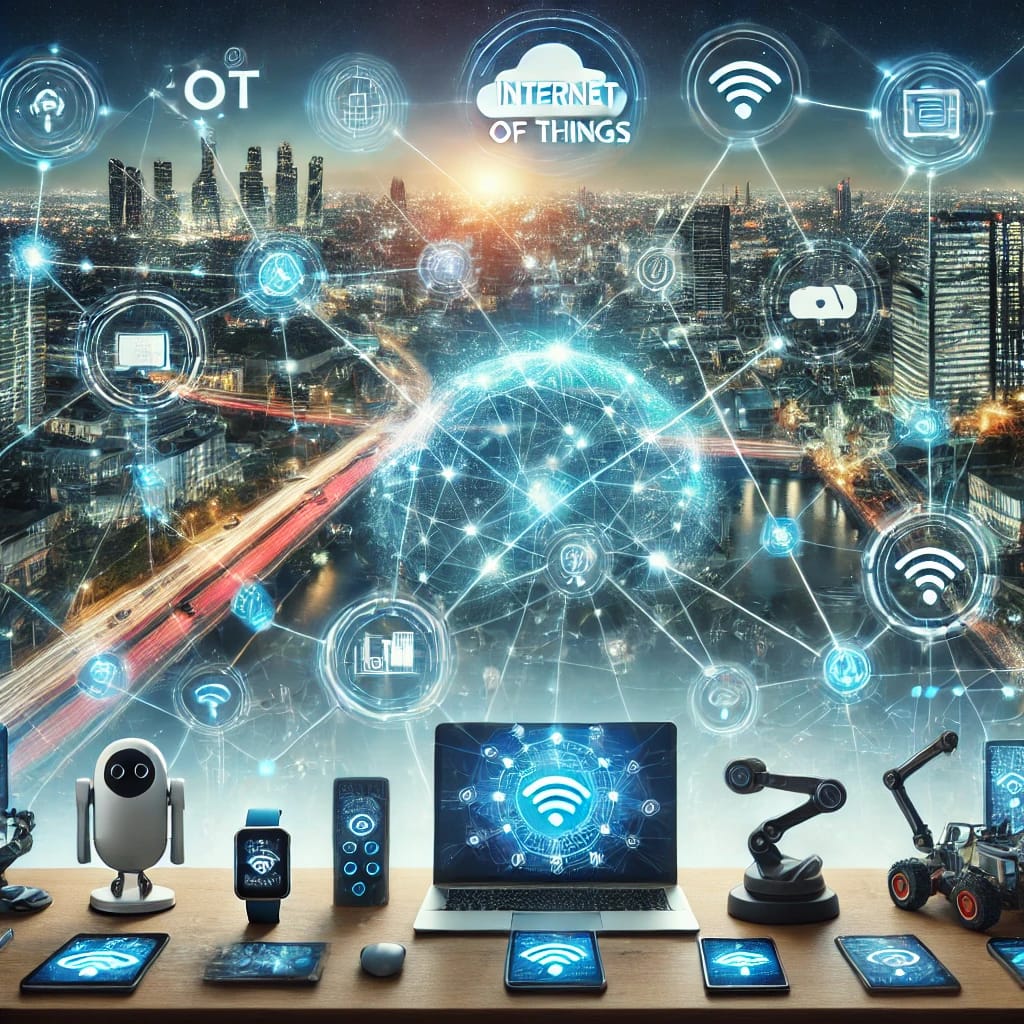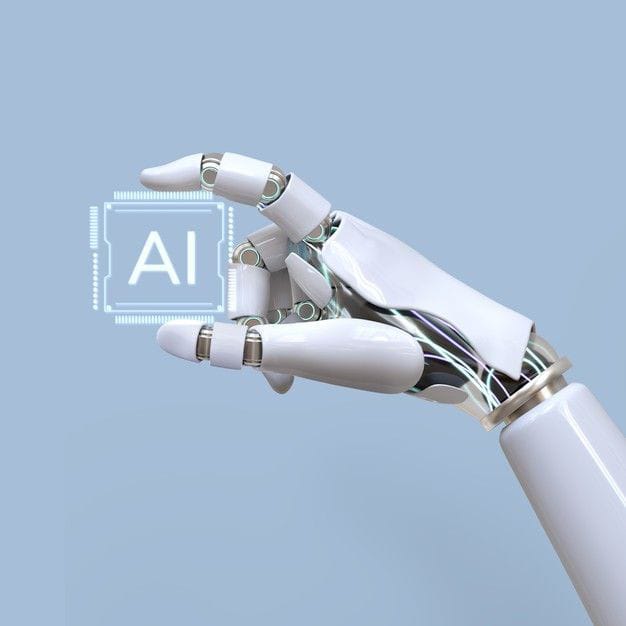Exploring the Internet of Things (IoT)
Welcome to another insightful post on Ziad Teaches Tech, where we dive deep into the technological innovations shaping our world. Today, we're exploring the fascinating world of the Internet of Things (IoT)—a revolutionary network that's seamlessly connecting the physical and digital realms.
What is IoT?
The Internet of Things (IoT) refers to the interconnection of everyday physical devices via the internet, enabling them to collect, exchange, and act on data. Think of smart home devices like Alexa, fitness trackers, and even industrial sensors—all working together to make our lives more efficient.
How Does IoT Work?
IoT systems operate through four main components:
1. Sensors/Devices: Collect real-world data (like temperature, movement, or location).
2. Connectivity: Devices transmit this data via networks such as Wi-Fi, Bluetooth, or cellular connections.
3. Data Processing: Cloud-based systems or edge computing analyze the collected data.
4. User Interface: Results are presented to users via apps or dashboards, often with actionable insights.
Applications of IoT
1. Smart Homes:
Devices like smart thermostats, lights, and security systems allow you to automate and remotely control your living space.
2. Healthcare:
Wearables like heart rate monitors and continuous glucose sensors provide real-time health data to doctors and patients.
3. Industrial IoT (IIoT):
Factories use IoT to monitor equipment health, streamline production, and optimize energy use.
4. Agriculture:
Smart sensors help farmers track soil moisture, weather patterns, and crop health to improve yields.
5. Transportation:
Connected vehicles share data to enhance navigation, reduce traffic, and even enable self-driving technologies.
Security Concerns and Challenges
As promising as IoT is, it presents significant cybersecurity challenges. Key concerns include:
- Data Privacy: IoT devices collect vast amounts of personal data.
- Device Vulnerabilities: Weak security protocols can make IoT devices targets for cyberattacks.
- Standardization Issues: The lack of universal security standards complicates safe deployment.
As a cybersecurity enthusiast, I encourage developers and consumers to prioritize security in their IoT ecosystems. This includes encrypting data, updating firmware, and using strong authentication mechanisms.
The Future of IoT
The IoT landscape will only continue to grow, with advancements in 5G, AI, and edge computing driving innovation. We may soon see smart cities where everything from traffic lights to waste management systems communicates seamlessly to create more efficient urban environments.
Final Thoughts
IoT is transforming how we live, work, and interact with technology. As developers and cybersecurity experts, it's crucial that we not only innovate but also secure the foundations of this connected future.
Stay tuned for more explorations into the world of technology. Let's continue:
"crafting code, building dreams, turning ideas into streams".






The world of IoT is truly fascinating, connecting devices in ways that makes our lives more efficient and smarter. This was a good blog. By the way, it would be awesome if the next blog could cover machine learning, it’s something I’m really interested in and think it would tie in nicely with all the tech trends you're covering.
ReplyDeleteThanks so much for your thoughtful comment! I’m really glad you enjoyed the blog. You’re absolutely right, IoT is transforming how we live and work.
DeleteI’ll definitely take your suggestion to heart and write a post on machine learning soon! It’s such an exciting field and fits perfectly with the tech trends we’re diving into. Stay tuned!